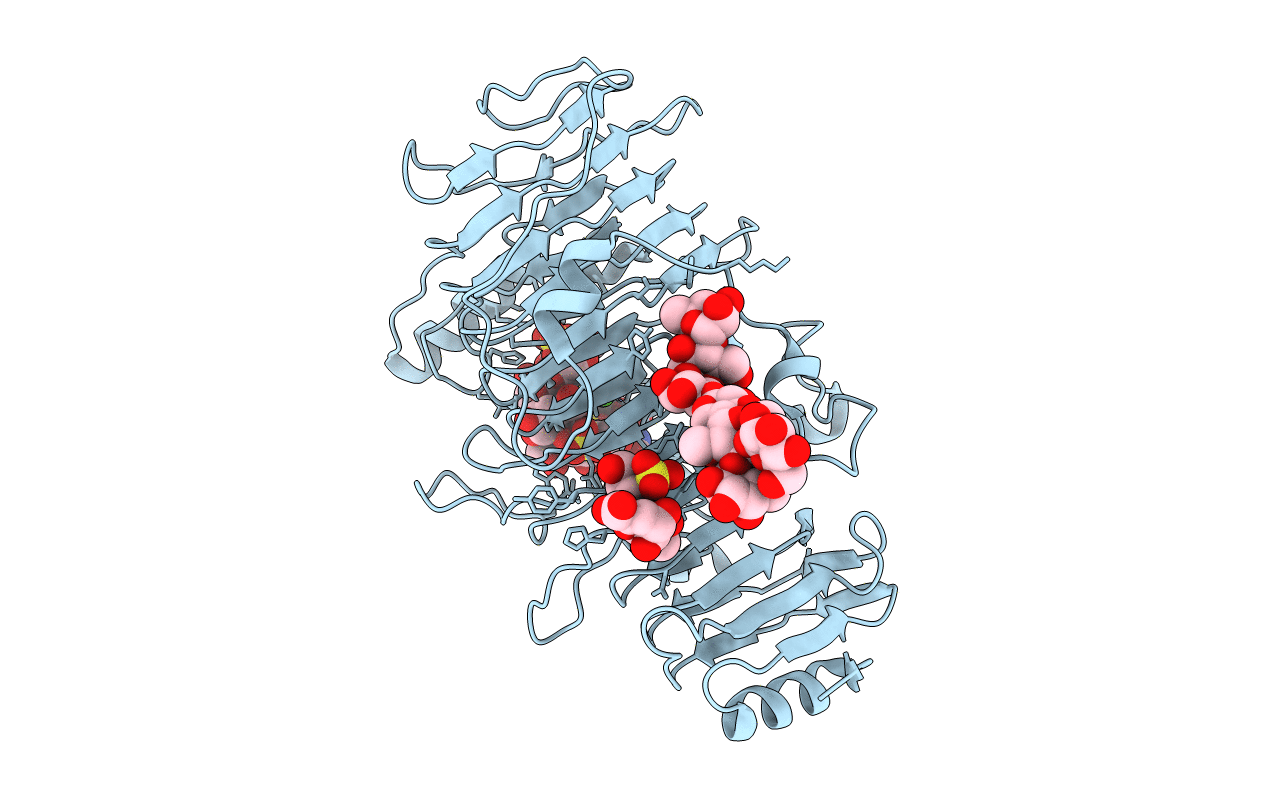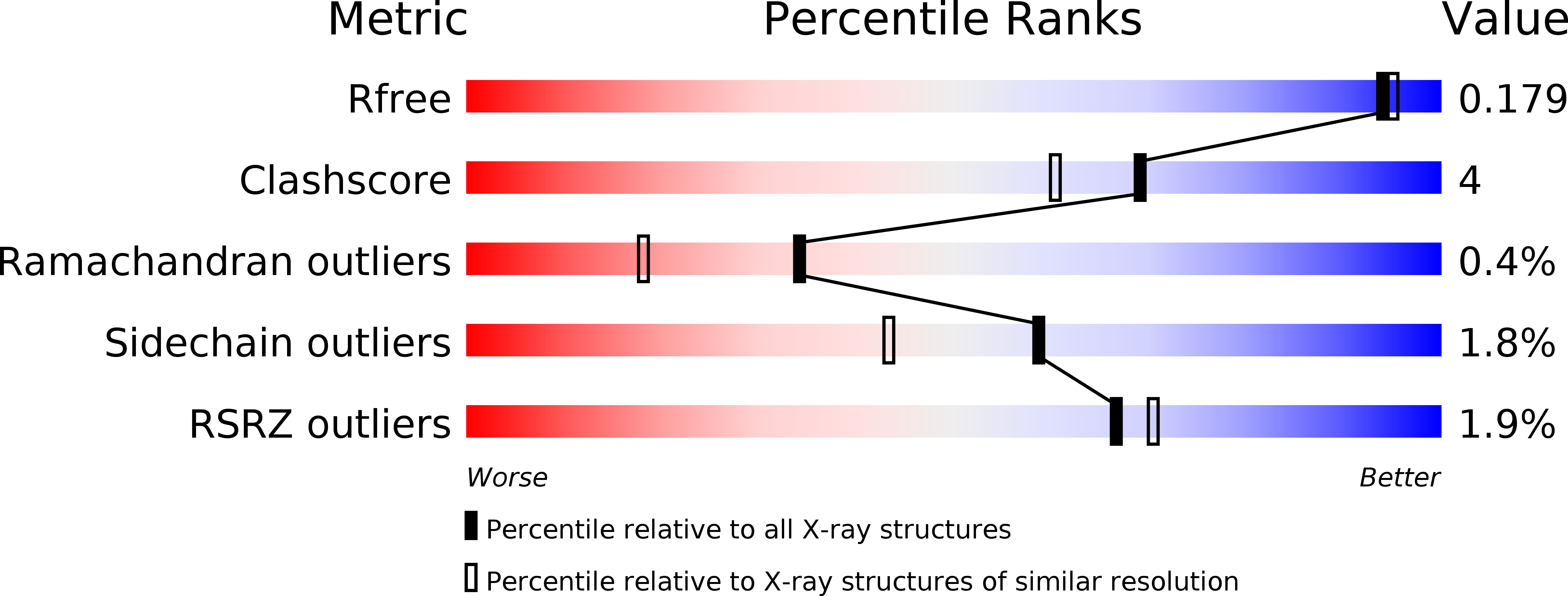
Deposition Date
2003-04-15
Release Date
2004-06-10
Last Version Date
2024-11-20
Entry Detail
PDB ID:
1OFL
Keywords:
Title:
CRYSTAL STRUCTURE OF CHONDROITINASE B COMPLEXED TO DERMATAN SULFATE HEXASACCHARIDE
Biological Source:
Source Organism:
PEDOBACTER HEPARINUS (Taxon ID: 984)
Host Organism:
Method Details:
Experimental Method:
Resolution:
1.70 Å
R-Value Free:
0.17
R-Value Work:
0.13
R-Value Observed:
0.13
Space Group:
P 1 21 1


